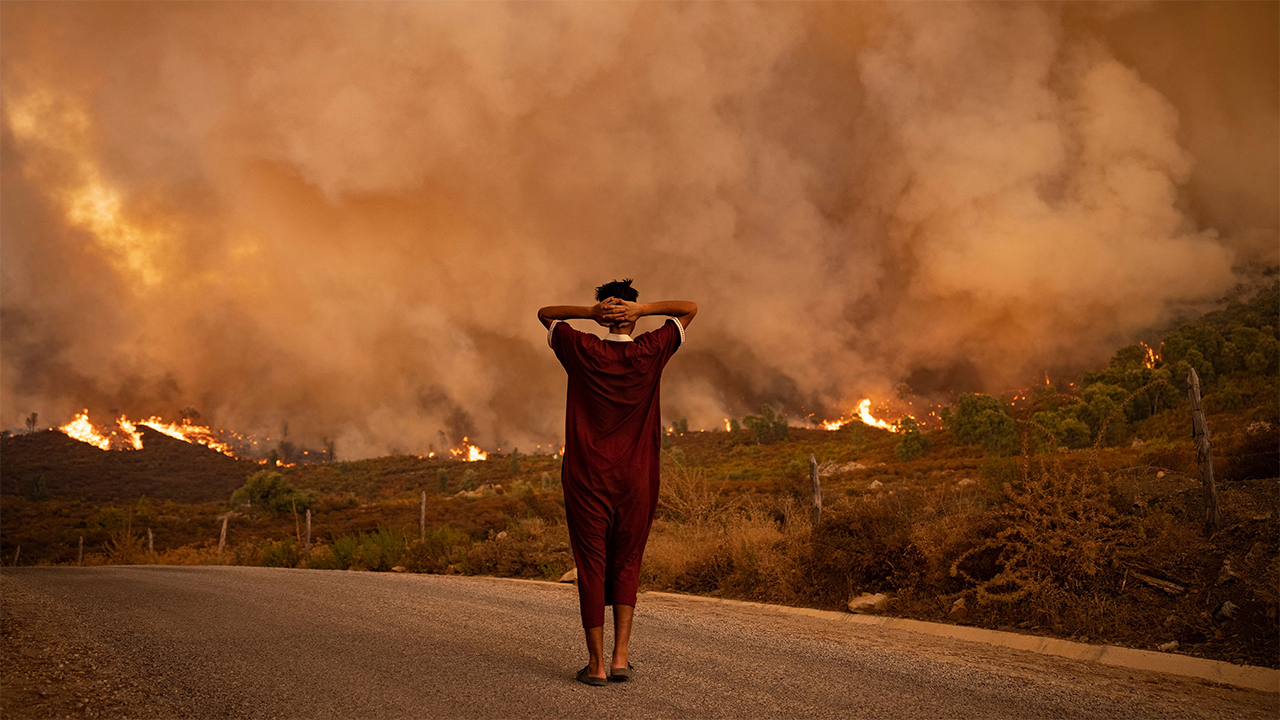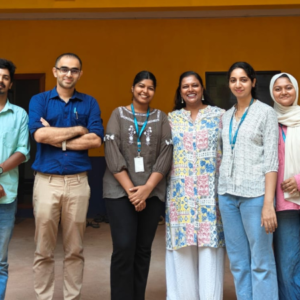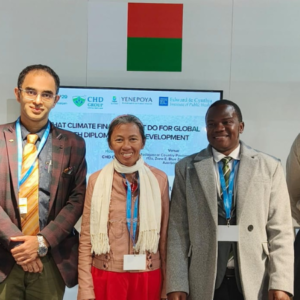Climate change and disaster risk reduction are two critical areas of concern for global development, which are interlinked and must be addressed together. Climate change leads to an increase in natural disasters, and disasters, in turn, can intensify climate change impacts. Addressing disaster risk reduction (DRR) and climate change adaptation (CCA) simultaneously can reduce the negative impacts on vulnerable communities and ecosystems. This article aims to examine the linkage between disaster risk reduction and climate change and explore how these two areas can be addressed together.
Linkage between Disaster Risk Reduction and Climate Change
Disaster risk reduction (DRR) is a comprehensive approach aimed at reducing the human and economic losses caused by disasters. Climate change adaptation (CCA) is the process of adjusting to the impacts of climate change to reduce harm and take advantage of any opportunities that arise. Although disaster risk reduction and climate change adaptation are distinct areas, they are interconnected and must be addressed together. Climate change is increasing the frequency and intensity of natural disasters such as floods, landslides, storms, droughts, and wildfires. For example, rising sea levels due to climate change are causing more frequent and severe coastal flooding and erosion, which leads to the loss of lives and property. Similarly, climate change is causing prolonged droughts in some areas, leading to food insecurity and economic hardships.
In addition to increasing the risk of disasters, natural disasters can also exacerbate climate change impacts. For example, deforestation caused by natural disasters can release carbon into the atmosphere, which contributes to climate change. Similarly, damage to infrastructure and buildings caused by disasters can lead to increased carbon emissions during the rebuilding process.
Therefore, reducing disaster risk is an essential element of climate change adaptation, as it helps to reduce the negative impacts of climate change on vulnerable communities and ecosystems. By reducing the vulnerability of communities to natural disasters, we can help them become more resilient to the impacts of climate change.
DRR and CCA Strategies
The interlinkage between disaster risk reduction and climate change adaptation calls for a comprehensive approach that integrates both strategies. Several strategies can be used to address both DRR and CCA simultaneously.
Community-based approach: Community participation is crucial for effective disaster risk reduction and climate change adaptation. A community-based approach can ensure that the needs and perspectives of communities are taken into account in the development and implementation of disaster risk reduction and climate change adaptation plans. This approach can also help build community resilience and reduce vulnerability.
Ecosystem-based approach: Ecosystems provide essential services that are critical for reducing the risk of disasters and adapting to the impacts of climate change. Protecting and restoring ecosystems such as forests, wetlands, and coral reefs can help reduce the risk of natural disasters such as floods, landslides, and storms. It can also help communities adapt to the impacts of climate change by providing essential resources such as water and food.
Early warning systems: Early warning systems can provide critical information to communities about the risks of natural disasters, enabling them to take appropriate measures to reduce their vulnerability. Early warning systems can also help communities prepare for the impacts of climate change, such as droughts and heatwaves.
Disaster risk financing: Disaster risk financing can provide financial resources to support disaster risk reduction and climate change adaptation activities. For example, insurance schemes can provide financial support to communities affected by natural disasters, helping them to recover and rebuild.
Infrastructure development: Infrastructure development can help reduce the risk of disasters and adapt to the impacts of climate change. For example, building sea walls and levees can protect communities from coastal flooding and erosion, while improving water and sanitation infrastructure can help communities adapt to droughts and water scarcity.
Dr. Edmond Fernandes is the CEO, CHD Group, India Country Office & Honorary Director - Edward & Cynthia Institute of Public Health
-
Dr Edmond Fernandeshttps://eciph.in/author/dr-edmond-fernandes/
-
Dr Edmond Fernandeshttps://eciph.in/author/dr-edmond-fernandes/
-
Dr Edmond Fernandeshttps://eciph.in/author/dr-edmond-fernandes/
-
Dr Edmond Fernandeshttps://eciph.in/author/dr-edmond-fernandes/





